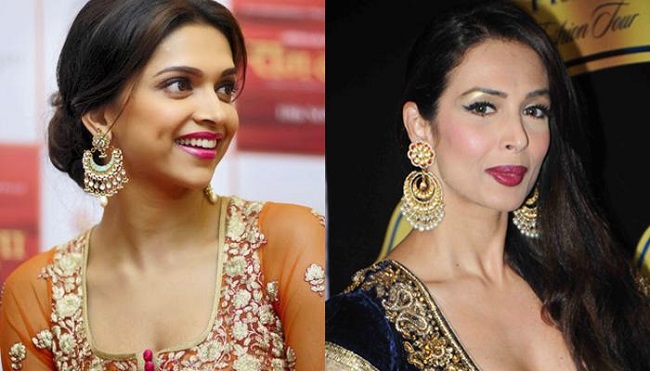Significance of Indian Jewellery

Indians have been using it for adornment for centuries. The significance of jewelry in the country is evident from the fact that on many auspicious occasions, jewelry forms a part of gifts. Though the trend of men adoring themselves has now faded away, many of them still use earrings, bracelets, pendants, etc. However, it is the Indian women for whom jewelry holds utmost significance.
In India, jewelry is considered auspicious for women. Even the poorest of poor women will have some kind of jewelry with them phases of life such as, at birth, at coming of age, in marriage, on becoming a mother, etc. Certain ornaments, such as mangalsutra, nath (nose ring), and toe rings, are quintessential for married Indian women. From the practice of generations, these gifts are still continuing without any abruption. Jewelry gifted to women at the time of her marriage is called ‘stridhan’ i.e. wealth of women, which in short is a symbol of wealth, power, and femininity.
Jewelry in ancient times was not only an adornment but each stone was endowed with a mystical quality and used as a protection against evil forces. The navaratna or nine gems, each sacred to a planet, are worn in a particular order for the same reason to this day. The maniratna, called the serpent stone, was used as a talisman to protect the wearer. Rudraksha and Tulsi seeds and sandalwood beads are worn even today during Hindu worship.
Jewelry design is so versatile in India that it varies from state to state. If some jewelry is so much popular in one state, it might not necessarily be popular in another state. However, some basic jewelry is common among all women across India. Bridal jewelry like maangtika, earrings, nose rings, necklace, mangalsutra, bangles, etc makes up basic jewelry that adorns women in India. Incidentally, even today, gold is the metal most widely used for bridal ornaments and over the last decade, these are increasingly being studded with diamonds.
Jewelry later became a means of putting in savings, like a bank today, and of providing financial security to women who sold it in times of need.
Maang Tika:

Maang tikka is a typical Indian jewelry item worn mostly by married women. Indian bridal outfits are commonly accessorized with tikkas on a woman’s forehead. Mang tikkas are the chain and pendant set.
Nath (Nose Ring):

Nath commonly associated with women from the Indian subcontinent, these ornaments, are attached through a piercing on the side of the nostril. Because of globalization and the spread of Indian fashion and culture, nostril piercing has in recent decades become popular in the wider world and small gems or studs carried on a piercing have also become fashionable for (mostly) young women in other parts of the world including the Americas, Japan, Europe in recent years. Among various jewels adorned the Indian woman the nose ring is the most seductive. It is an important part of Indian bridal jewelry.
Earrings:

An earring is a piece of jewelry attached to the ear via a piercing in the earlobe or another external part of the ear. There is various type in which the earrings are crafted, they can be Stud earrings, Hoop Earrings, Drop Earrings, Dangle earrings, Ear Spikes, and Ear Thread.
Necklace:

Necklaces have been an integral part of jewelry since the time of ancient civilizations and pre-date the invention of writing. Women’s necklaces are often classified by length like Choker, Princess necklace, Matinee necklace, Opera necklace, Rope necklace, Pearl necklace, Diamond necklace. Necklaces are worn by both men and women in cultures around the world for purposes of adornment and social status.
Bangles:

Bangles or Kadas could be hollow, solid, or filled with lac. Bangles and bracelets of different types were worn in the north such as the bangdi, churi, naugari, pahunchi, kangan, gaira, bartana, patri, dastband, and kada. They are made of gold, silver, glass, ivory, iron, or steel. Chura for Punjabi is made of ivory and is red and white in color and is a must for a Punjabi bride.
Paizeb:

Paizeb is to be worn in the ankle also called anklets. It is an adornment for the feet. A wide variety of anklets were worn in the different parts of India. The Payal, gajra, sankla, chanjar, zanjiri, golusu and kaappu are some examples. It is either made of Gold or Silver.
Suggested Read: History Of Indian Jewelry






